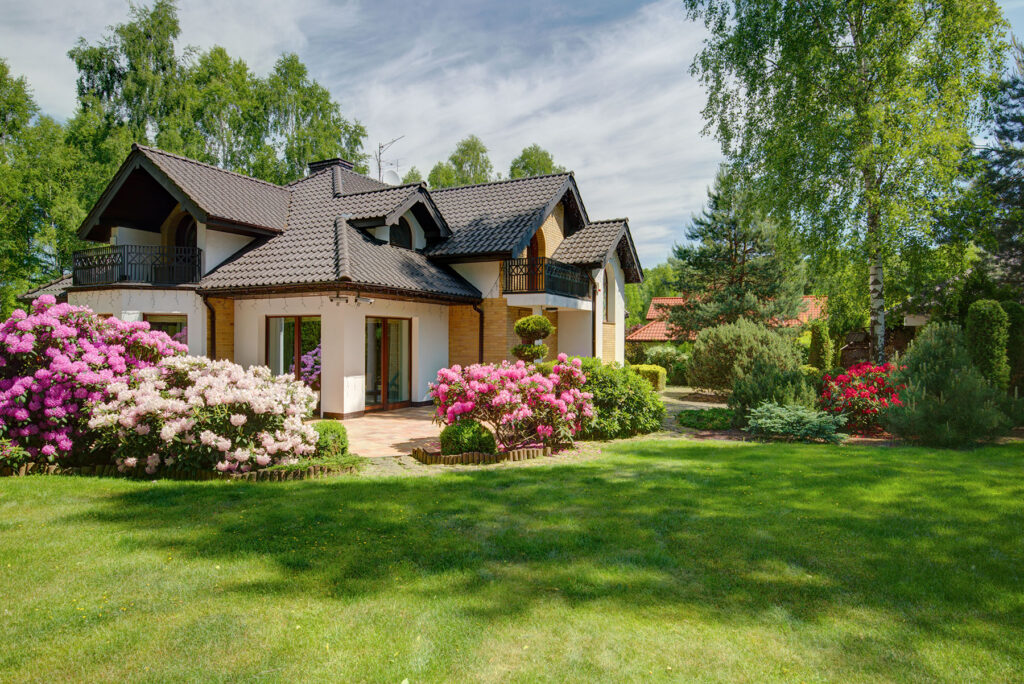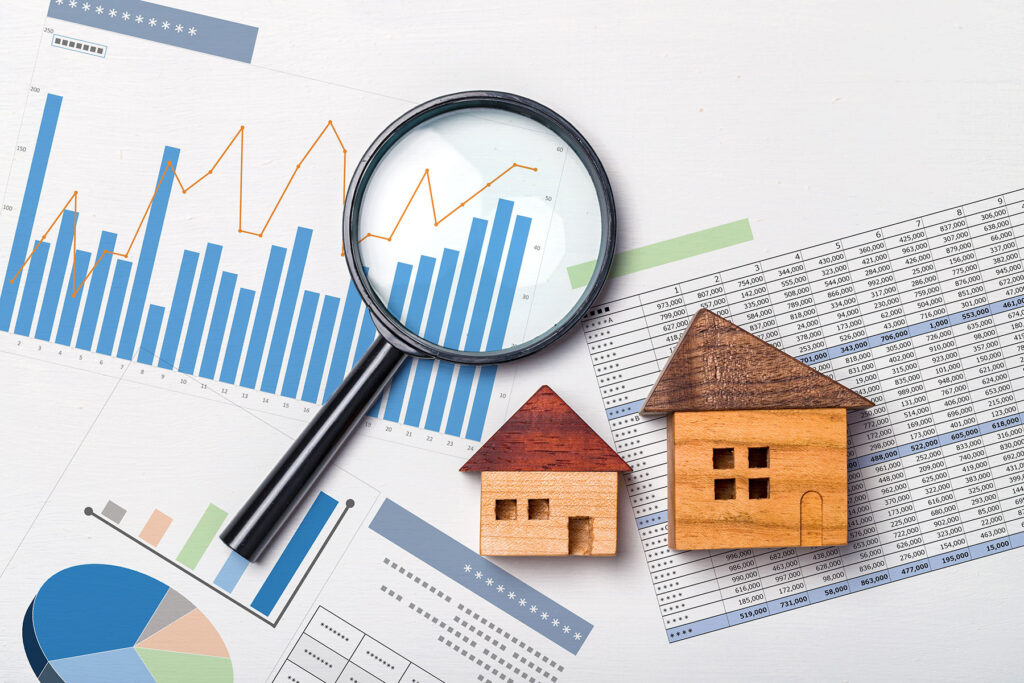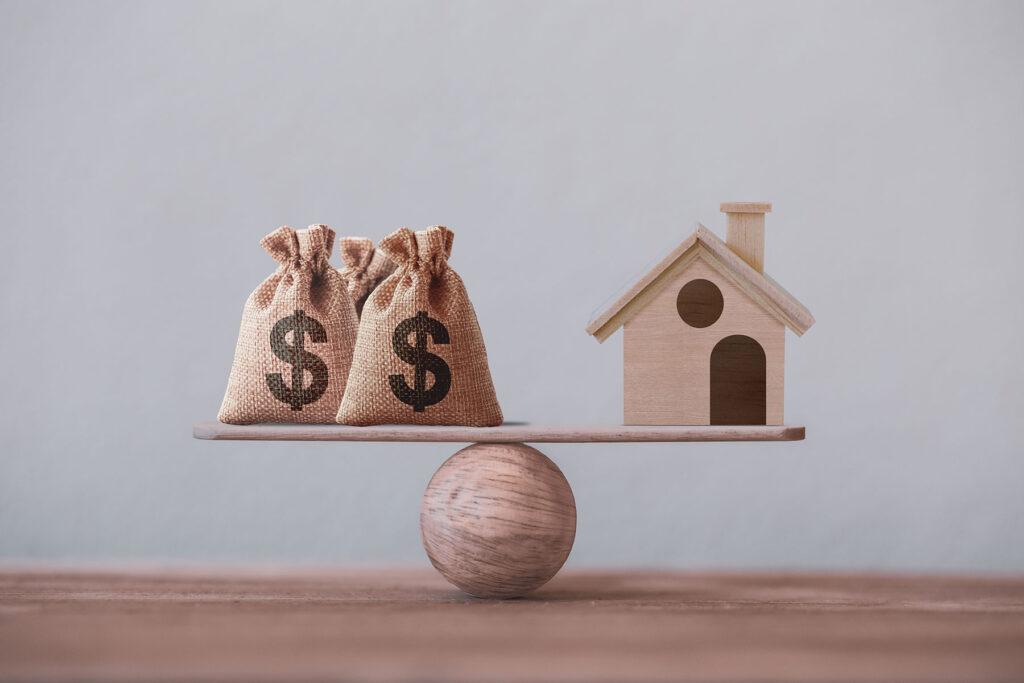The terms are based on current market conditions and your financial situation.
Our expert loan officers are here to assist you with any questions you may have about your unique situation.
info@premierreverse.com | (800) 996-5361
(800) 996-5361 | REQUEST AN ESTIMATE
Proprietary reverse mortgages are also known as private or jumbo reverse mortgages. You will hear the terms used interchangeably. Simply put, they are reverse mortgage loans that do not have the government backing up the lender. That means the lender takes the crossover risk, which is the risk that the home sells for less than the balance owed.
The proprietary market is a less stable one that heavily relies on home value appreciation. The products were first introduced in the early 2000’s and then were completely off the market after the subprime fiasco. After a multi-year hiatus, they returned and have had some serious competition since, which makes the product more attractive.

Proprietary reverse mortgages were initially intended for high value homes, over the FHA lending limit, so the borrower could access a larger loan amount. Since then, the loans have been used for borrowers looking to avoid the FHA upfront draw limitation. They can also be useful as short term fixes due to the lower closing costs (no MIP) or in situations where a condo does not meet FHA requirements.
When stacked up against a HECM, the proprietary reverse mortgage is going to win on closing costs, but lose on interest rate and the FHA line of credit features. Both loans are non-recourse by nature, so the heirs can never owe more than the home is worth.
Proprietary reverse mortgages are not available in all states. Each state regulator has to approve each lender’s fixed rate and adjustable rate product. Some regulators have chosen not to approve the adjustable rate product, which takes away the line of credit option.
The proprietary underwriting guidelines are pretty much identical to FHA, from qualifying for the loan, to many other nuances. That was likely borne out of an unwillingness by investors to think outside of the box and a lack of desire to write new guidelines.
To qualify for a proprietary reverse mortgage, one of the borrowers must be 55, 60, or 62 years of age at the time of closing (depending on the state). If two people on title to the home are at or above the minimum age, both will be borrowers, whether married or otherwise. The younger age is used for life expectancy purposes and to set the loan amount.
If there is a younger spouse living in the home, that person is considered a non-borrowing spouse. Non-borrowing spouses
cannot defer the loan balance so the younger spouse is at risk of having to pay the loan back upon the death of the borrowing spouse.


Eligible Property Types
The property types that are eligible for a proprietary reverse mortgage are a single family residence (SFR), townhome, condo (with restrictions), manufactured home (with restrictions), and 2-4 unit property. No matter the property type, the home must be owner occupied.
Condos must be FHA-approved, either on a complex level, or via the single-unit approval process. Read here for more. Manufactured homes must be on owned land (no rental communities) and be built after 1976. The MFH must have been placed on one property only and has to be taken off the tongue & axle. Co-ops are not presently eligible for a proprietary reverse mortgage.
Interest Rates
Proprietary interest rates can be adjustable rate or fixed rate. Fixed rates are offered on loans with a lump sum and adjustable rates on loans with a line of credit. Adjustable rates are based on the treasury index instead of the prime index that is used for HELOCs and have a cap of 5% above the start rate at the time of closing. There is no interest rate locking in the reverse mortgage industry.
We do not post interest rates on our website because they are impacted by secondary market forces that can change daily. When we send out a proposal, we explain the initial interest rate and the cap on the rate, if variable.


Loan To Value & Lending Limits
The loan to value (LTV) ratio is set by each individual lender & investor. The three factors that determine the loan amount are the
youngest age of any borrower, the home’s appraised value, and the expected interest rate. Typically, the higher the fixed rate, the
higher the LTV ratio.
Unlike FHA HECMs, jumbo reverse mortgages don’t have a home value limit that can be considered. Instead they have a maximum loan amount of $4M.
Distribution Options
Fixed rate proprietary reverse mortgages require the loan to be paid out as a lump sum. Adjustable rate proprietary reverse mortgages allow for a line of credit that has some unique features.
The line of credit has a 1.5% growth rate for the first seven years and is only accessible for 10 years before it is closed out. That doesn’t mean the loan is due and payable after 10 years, just that the line of credit is no longer open for draws. 75% of the gross loan amount is open-ended, meaning it can be borrowed, repaid, and borrowed again.
The line of credit is guaranteed, which is very different from a HELOC. A HELOC can be frozen, reduced, or cancelled at any time, and comes with a teaser payment and then a balloon payment. A reverse mortgage line of credit cannot be frozen, reduced, or cancelled as long as you meet the loan requirements and do not file for bankruptcy. The loan requirements are to live in the property as your primary residence, not vacate it for more than twelve months consecutively, and stay current on the property charges.


Unlike FHA loans, proprietary reverse mortgages do not have upfront or ongoing mortgage insurance premiums, so they have significantly lower closing costs. Since the lender is on the hook for any losses instead of FHA, you’ll find that the interest rate is higher as a result, which offsets the lower closing costs. All other closing costs are roughly the same as the FHA reverse mortgage.
Our expert loan officers are here to assist you with any questions you may have about your unique situation.
Products
Learn
Get In Touch
Legal
Premier Reverse Mortgage, LLC
1640 Powers Ferry Rd SE
Bldg. 28, Ste. 300
Marietta, GA 30067
(800) 996-5361
info@premierreverse.com

